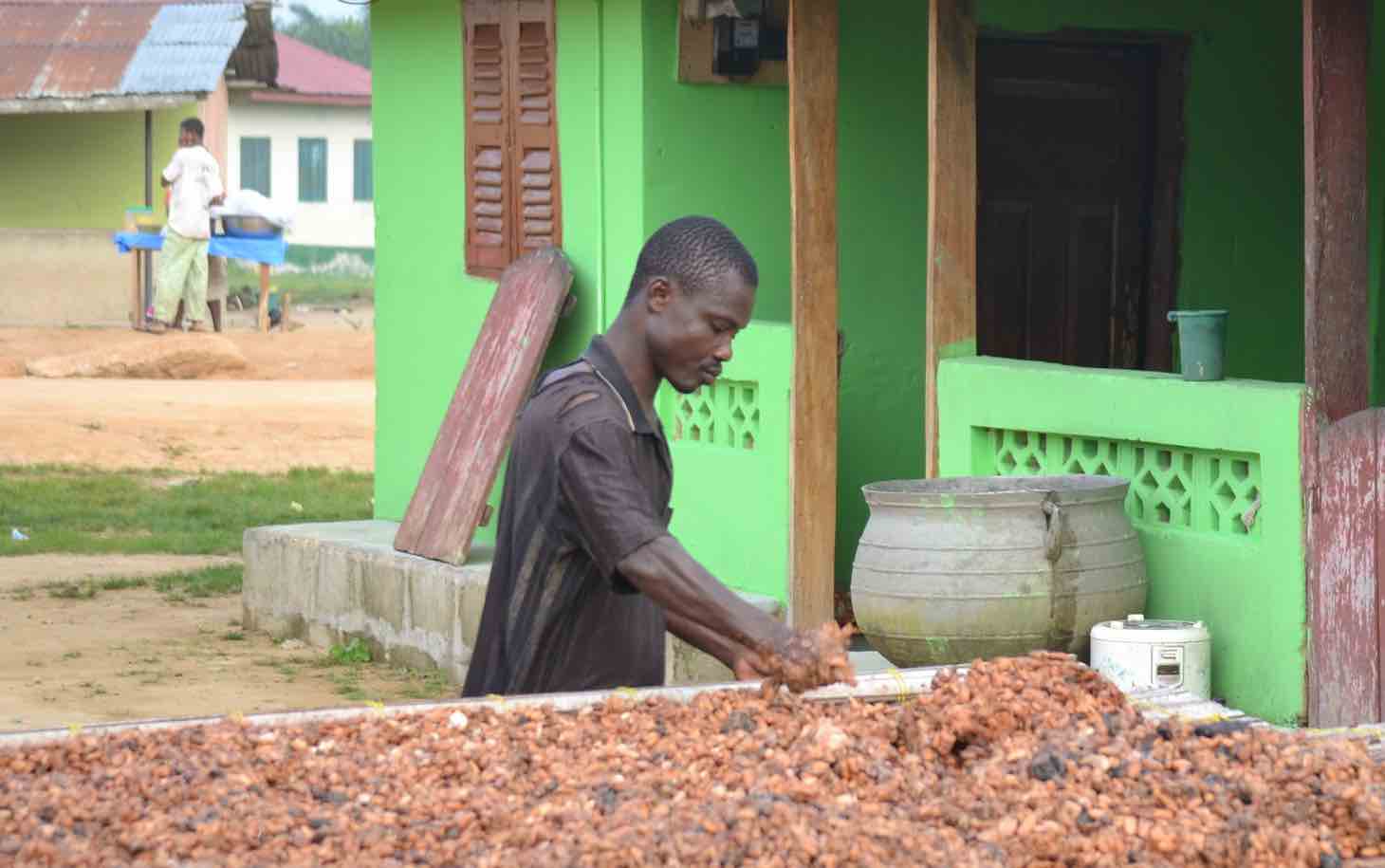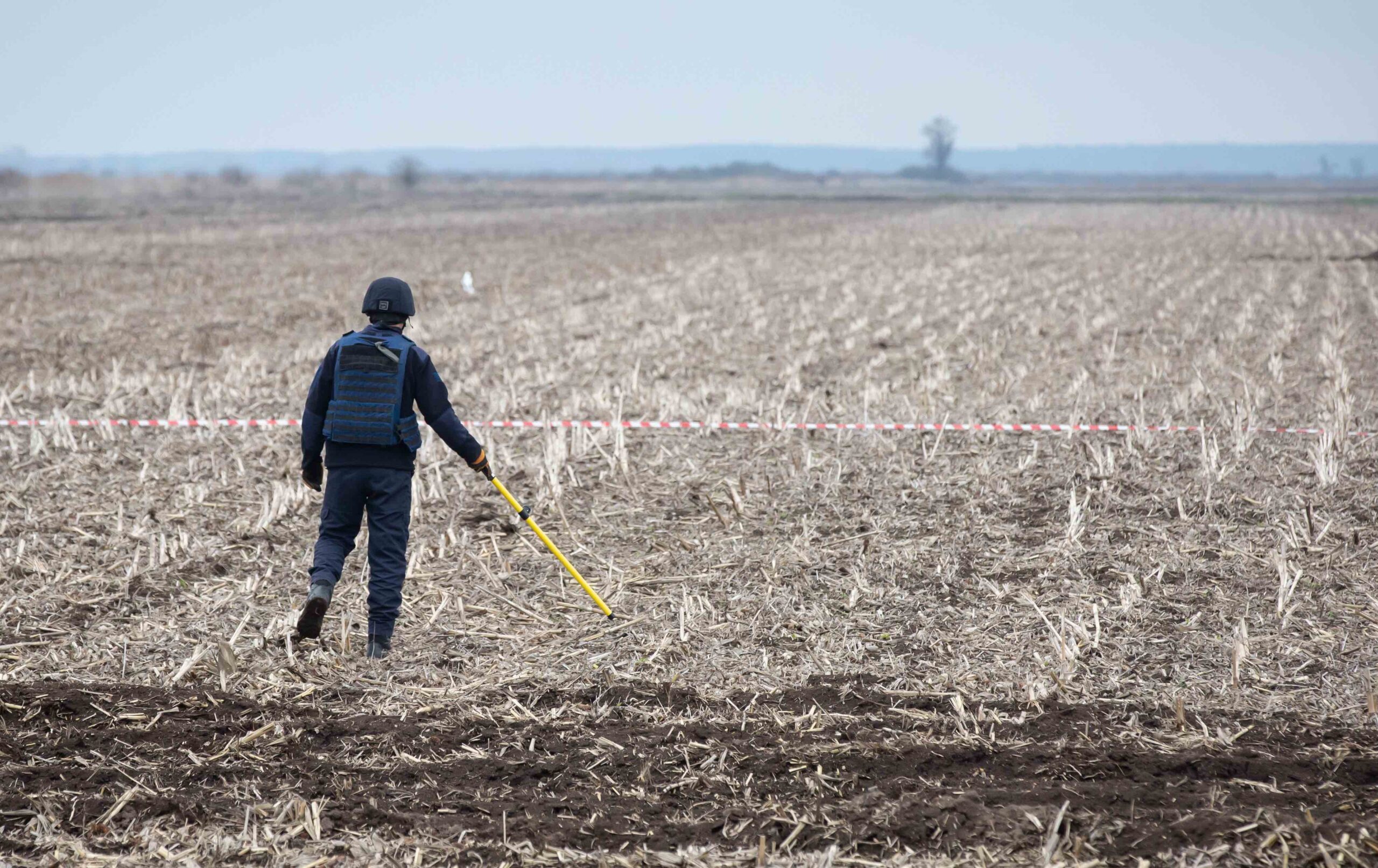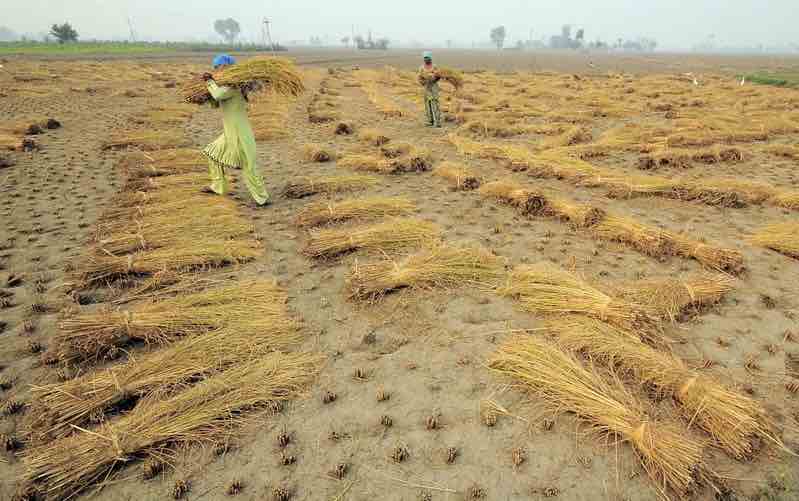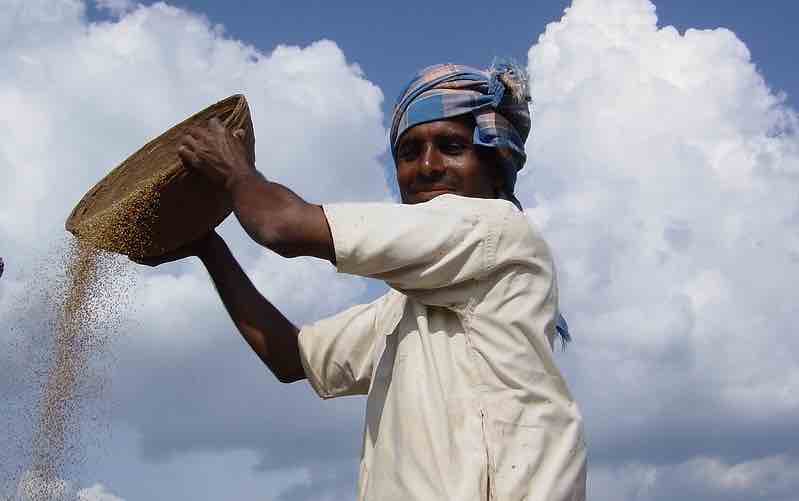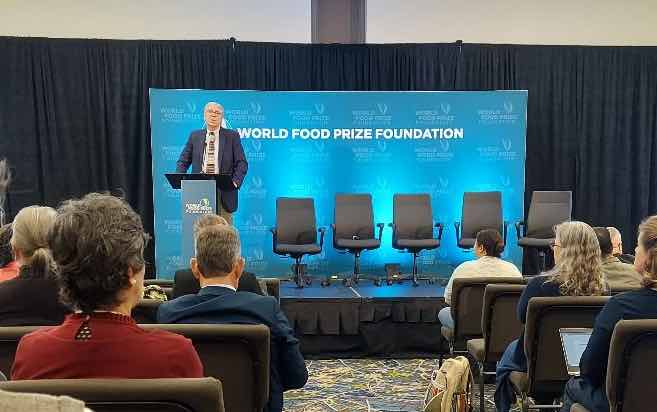Conflicts and other shocks have triggered rising food insecurity and malnutrition in many places around the world. This special blog series examines how these often-overlapping crises are impacting food systems at the global, national, and local levels. Contributors also evaluate policy responses to food system shocks, with a view to finding effective approaches that enhance the resilience of both national and global food systems. The series is co-edited by Joseph Glauber, IFPRI Senior Research Fellow, and Johan Swinnen, IFPRI Director General and Managing Director of CGIAR’s Systems Transformation Science Group.
This blog series was initiated in February 2022 when Russia’s invasion of Ukraine triggered trade disruptions and significant increases in international prices of energy, agricultural commodities, and fertilizer, which were already elevated due to the COVID-19 pandemic and related value chain disruptions. While those impacts are still being felt, this series has expanded to incorporate posts on new conflicts, such as those in Sudan and Gaza, as well as weather-related disturbances and other food system shocks.
Latest Blog
-
Global cocoa market sees steep price rise amid supply shortfall
Weather and other factors trigger volatility.
-
Ukraine and global agricultural markets two years later
A mixed picture for prices and food security.
-
India’s export restrictions on rice continue to disrupt global markets, supplies, and prices
Six months after India introduced a set of export restrictions on rice with the aim of holding down domestic prices, global rice markets continue to feel the impact. The benchmark…
-
Expanding underutilized crops in Asia: The promise of millets for improving nutrition and sustainability
The many advantages of traditional food items.
-
Impacts of Red Sea shipping disruptions on global food security
Potential fallout from Houthi attacks.
-
IFPRI and CGIAR at Borlaug Dialogue 2023: Food system repercussions of the Russia-Ukraine war
Ongoing market disruptions hit vulnerable populations.




